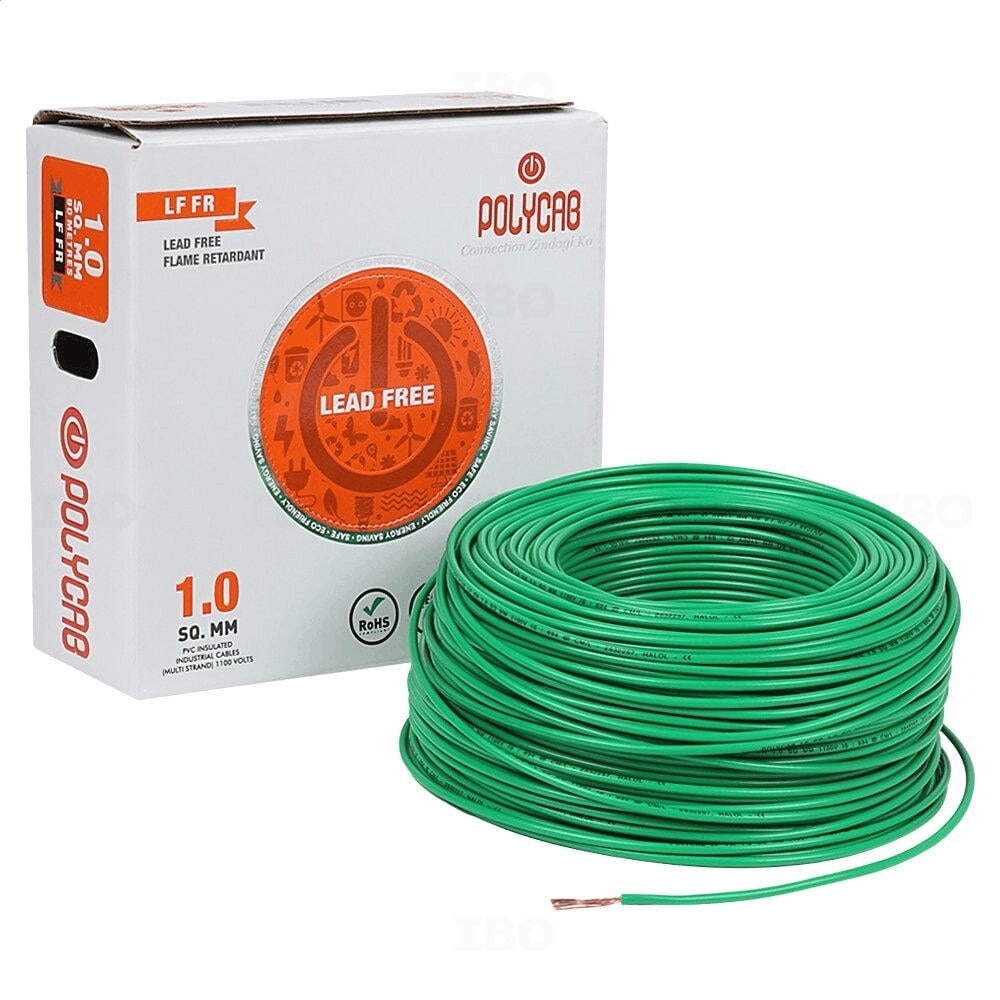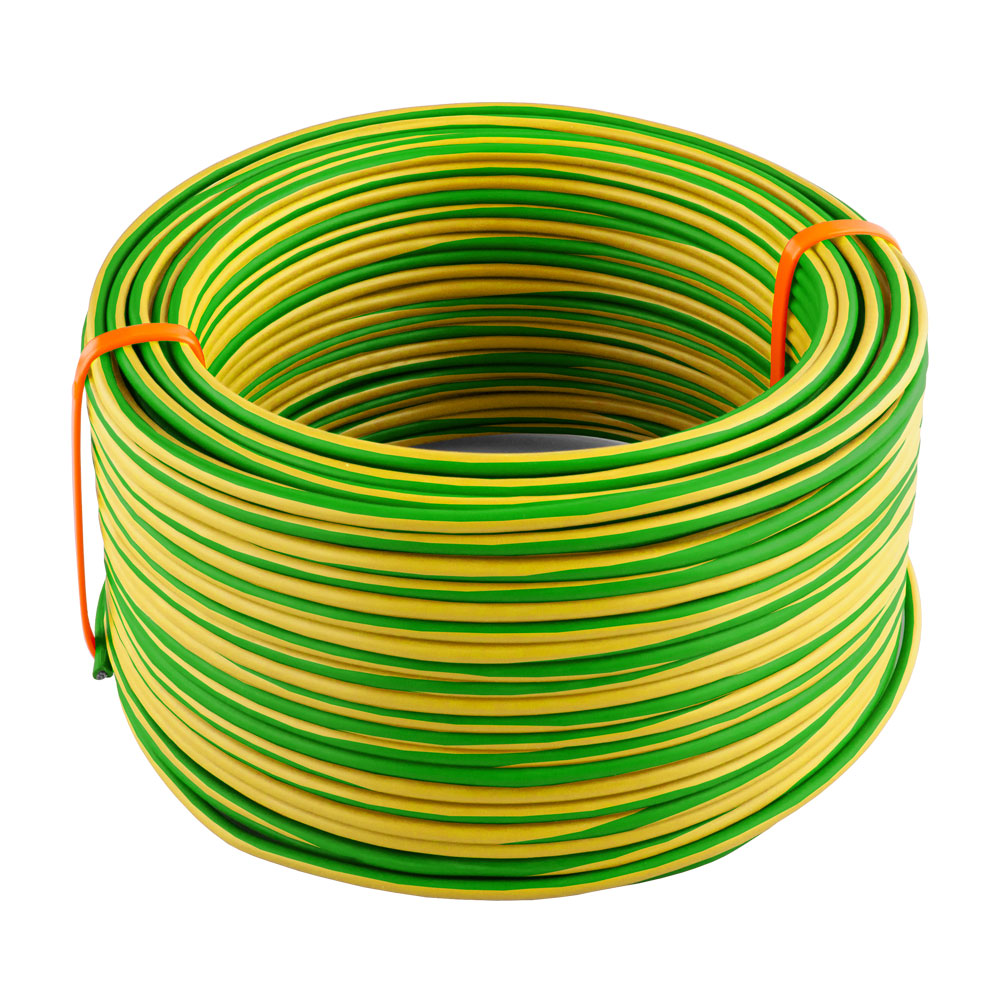Soldering is a fundamental skill in electronics, enabling the creation of reliable connections between components. Whether you're a hobbyist, a professional technician, or an engineer, understanding the nuances of soldering can significantly impact the quality and longevity of your projects. Among the myriad of techniques and best practices, one principle stands out as the cornerstone of successful soldering: the number one rule of soldering is to ensure a clean surface.
The Importance of Cleanliness in Soldering
When we talk about cleanliness in soldering, we refer to the surfaces of both the components and the PCB (Printed Circuit Board). Oxidation, dirt, and residues can create barriers that prevent solder from adhering properly, leading to weak joints that can fail under stress or over time. Here’s why maintaining a clean surface is crucial:
- Enhanced Adhesion: Solder relies on a strong physical and chemical bond to create a reliable connection. Contaminants can inhibit this bond, resulting in cold solder joints that are prone to failure.
- Improved Heat Transfer: Clean surfaces allow for better heat transfer during the soldering process. This is essential for achieving the right temperature to melt the solder and form a solid joint.
- Reduced Risk of Corrosion: Contaminants can lead to corrosion over time, which can compromise the integrity of the solder joint. A clean surface minimizes this risk, ensuring long-term reliability.
Steps to Achieve Clean Surfaces
To adhere to the number one rule of soldering, follow these essential steps to ensure your surfaces are clean before you begin:
- Use Isopropyl Alcohol: Clean the surfaces of the components and the PCB with isopropyl alcohol and a lint-free cloth. This will remove oils, dust, and other contaminants.
- Mechanical Cleaning: For heavily oxidized surfaces, consider using a fine abrasive pad or a fiberglass brush to remove oxidation. Be gentle to avoid damaging the components.
- Flux Application: Applying a suitable flux can help clean the surfaces further and improve solder flow. Flux helps to remove oxidation during the heating process, ensuring a better bond.
- Inspect Before Soldering: Always inspect the surfaces under a magnifying glass or microscope. Look for any signs of contamination or oxidation that may have been missed.
Techniques for Effective Soldering
Once you have ensured that your surfaces are clean, the next step is to employ effective soldering techniques. Here are some tips to enhance your soldering skills:
- Temperature Control: Use a soldering iron with adjustable temperature settings. A temperature between 350°C to 400°C (662°F to 752°F) is generally optimal for most soldering tasks. Too high a temperature can damage components, while too low can lead to poor solder flow.
- Proper Soldering Technique: Always heat the joint, not the solder. Apply the solder to the joint after the components are heated. This ensures that the solder flows into the joint, creating a strong bond.
- Use the Right Solder: Choose the appropriate solder for your application. Lead-free solder is becoming more common due to environmental regulations, but it requires higher temperatures and may behave differently than traditional leaded solder.
- Practice Good Post-Soldering Habits: After soldering, inspect your joints for quality. Look for a shiny, smooth appearance, which indicates a good connection. If you notice any dull or grainy surfaces, consider reworking the joint.
Conclusion: The Foundation of Successful Soldering
In conclusion, the number one rule of soldering—ensuring a clean surface—serves as the foundation for all successful soldering projects. By prioritizing cleanliness, you not only enhance the quality of your solder joints but also extend the lifespan of your electronic devices. Remember, soldering is both an art and a science; mastering the basics will pave the way for more advanced techniques and projects.


